Navigating the Complexities: Eight Critical Considerations in Modern Fish Feed Production
The aquaculture industry stands as one of the fastest-growing food production sectors globally, poised to meet the protein demands of a burgeoning population. At the very core of this industry’s success lies a product of profound significance: compounded aquafeed. The quality, efficiency, and sustainability of fish feed directly dictate the economic viability, environmental footprint, and ethical standing of any aquaculture operation. Producing this feed, however, is a feat of modern engineering and nutritional science, fraught with potential pitfalls.fish feed extruder machine
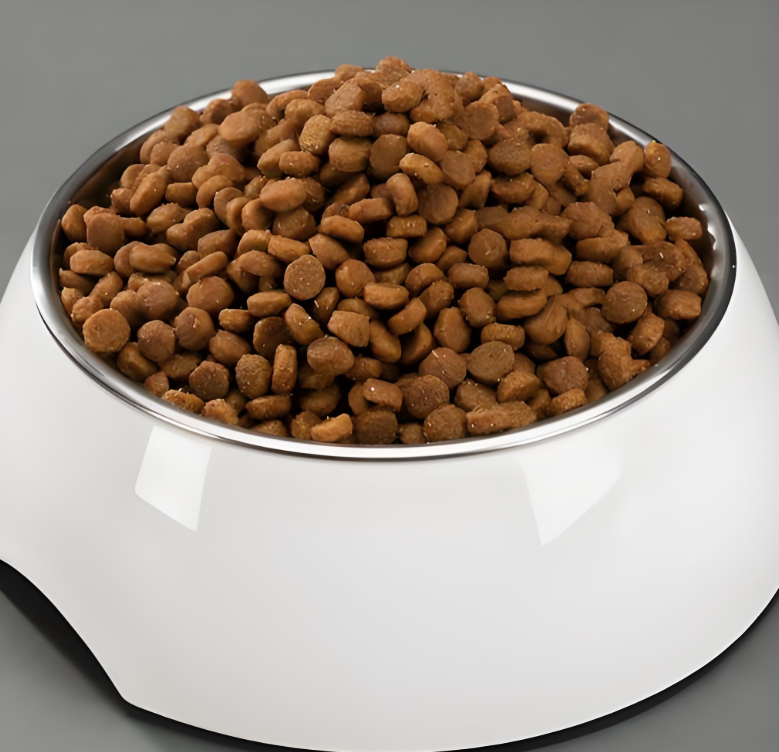
A single oversight in the production process can lead to cascading failures—reduced growth rates, increased disease susceptibility, water pollution, and significant financial losses. Therefore, a meticulous, scientifically-grounded approach is not merely beneficial but essential. This article delves into eight critical areas that demand unwavering attention in the fish feed manufacturing process, providing a detailed roadmap for producing safe, nutritious, and efficient feed.fish feed extruder machine
1. The Paramountcy of Raw Material Quality and Sourcing Strategy
The axiom “garbage in, garbage out” holds unequivocally true in feed manufacturing. The finest production technology cannot compensate for poor-quality raw materials. The sourcing and quality assurance of ingredients form the foundational pillar upon which everything else is built.
1.1. The Global Ingredient Matrix and Its Vulnerabilities:
Modern fish feed is a global concoction. A single batch may contain fishmeal from Peru, soybean meal from Brazil, wheat from North America, rapeseed oil from Europe, and vitamin premixes from China. This global supply chain, while offering flexibility and cost advantages, introduces significant vulnerabilities. Geopolitical instability, trade tariffs, climate-related crop failures, and logistical disruptions can all jeopardize supply and inflate costs. A robust sourcing strategy must therefore include diversification of suppliers, long-term contracts to ensure stability, and a contingency plan for sudden market shifts.
1.2. Ingredient-Specific Quality Challenges:
Each raw material category presents its own unique set of quality challenges that must be vigilantly monitored.fish feed extruder machine
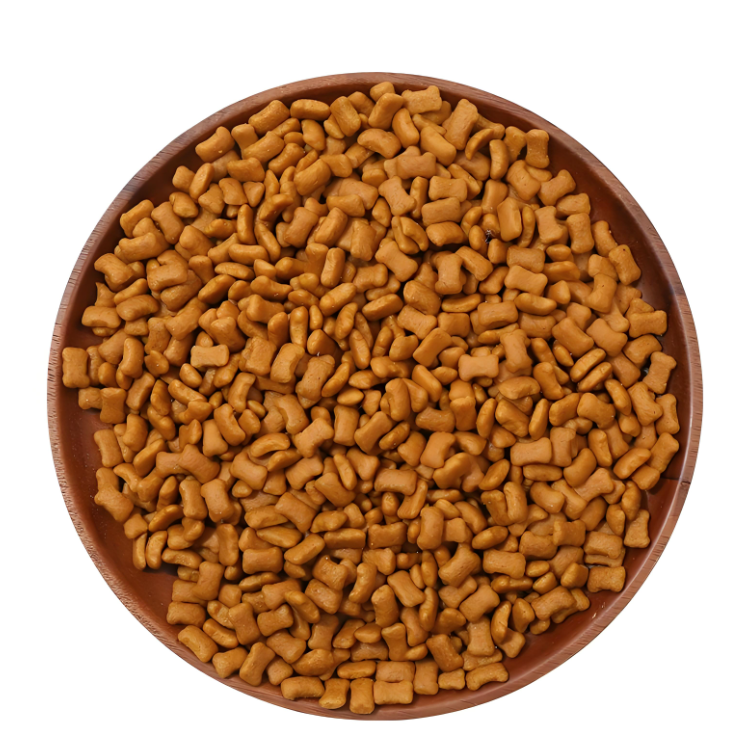
- Fishmeal and Fish Oil: As the traditional cornerstone of aquafeeds for carnivorous species, their quality is paramount. Key indicators include:
- Freshness and Spoilage: The presence of biogenic amines (histamine, cadaverine, putrescine) is a direct indicator of spoilage. High levels suggest improper handling or storage of the raw fish prior to and during the reduction process. Histamine, in particular, can cause feed palatability issues and health problems in fish.
- Protein Quality: The crude protein percentage is a starting point, but the true value lies in its digestibility and amino acid profile. Over-processed (overcooked) fishmeal can have reduced protein digestibility, while adulteration with non-protein nitrogen (e.g., urea) can artificially inflate crude protein readings.
- Oxidation Status: Fish oil is highly susceptible to oxidative rancidity. The Peroxide Value (PV) measures primary oxidation products, while the Anisidine Value (AV) measures secondary breakdown products. A high TOTOX value (2PV + AV) indicates rancid oil, which destroys fat-soluble vitamins and can cause nutritional deficiencies and health issues like steatitis (yellow fat disease).
- Plant-Based Proteins (Soybean Meal, Rapeseed Meal, etc.): The shift towards plant-based ingredients to reduce reliance on marine resources brings its own challenges.
- Anti-Nutritional Factors (ANFs): Soybeans contain trypsin inhibitors, which block the action of the trypsin enzyme, impairing protein digestion. They must be deactivated by proper heat treatment (toasting). Rapeseed meal contains glucosinolates, which can affect thyroid function, and erucic acid, which is cardiotoxic. Modern, double-low (low erucic acid, low glucosinolate) varieties are preferred, but levels must still be monitored.fish feed extruder machine
- Mycotoxin Contamination: Grains and oilseeds are susceptible to fungal infestation, both in the field and during storage, leading to mycotoxin production. Aflatoxins, ochratoxins, and fumonisins are potent carcinogens and immunosuppressants. Rigorous testing at intake is non-negotiable.
- Novel Ingredients (Insect Meal, Algal Products): As the industry embraces sustainability, novel ingredients are emerging. However, their quality parameters are still being standardized. For insect meal, the species, life stage, and substrate on which they were reared dramatically affect the nutritional profile and safety. For microalgae, the strain and cultivation conditions determine the levels of valuable omega-3 fatty acids like DHA.
1.3. Implementing a Rigorous Quality Assurance (QA) Protocol at Intake:
A feed mill’s first line of defense is its intake QA. This must be a systematic, non-negotiable process.
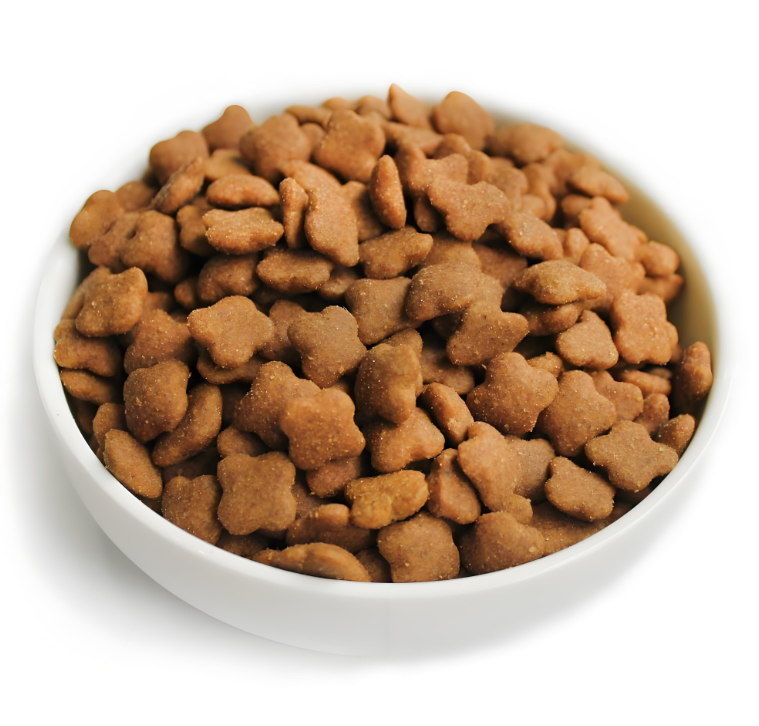
- Representative Sampling: Using deep-bed probes to take core samples from multiple points in a truck or shipping container is essential to get a true representation of the load.
- Rapid and Laboratory Analysis: Near-Infrared (NIR) spectroscopy can provide rapid, on-the-spot analysis of moisture, protein, and fat. However, this must be complemented with wet chemistry for critical parameters:
- Microbiology: Testing for total plate count, Сальмонелла, и кишечная палочка.
- Chemistry: As discussed, for mycotoxins, biogenic amines, peroxides, and ANFs.
- Contaminants: Screening for heavy metals (cadmium, mercury, lead), dioxins, and PCBs is crucial for both animal and consumer safety.
Only ingredients that pass these stringent checks should be approved for unloading and assigned a specific lot number for full traceability.
2. The Precision of Formulation: Beyond Simple Recipesfish feed extruder machine
The formulation is the intellectual blueprint of the feed. It is a dynamic, multi-variable optimization problem that balances nutrition, cost, and functionality.
2.1. Moving from “Crude” to “Available” Nutrients:
A common mistake is formulating based on “crude” nutrient values. A feed may show 45% crude protein, but if the protein sources are poorly digestible or lack essential amino acids, the fish will not be able to utilize it. Modern formulation relies on digestible nutrient values. This requires a database of Apparent Digestibility Coefficients (ADCs) for each ingredient for the target species. Formulating on digestible phosphorus, for example, is critical to minimize aquatic pollution.fish feed extruder machine

2.2. The Criticality of the Amino Acid Profile:
Protein is not a single nutrient but a collection of amino acids. The concept of the “ideal protein” profile—where all ten essential amino acids are present in the exact proportion required by the fish—is paramount. Lysine and methionine are often the first limiting amino acids. Using synthetic crystalline amino acids (L-Lysine, DL-Methionine) allows formulators to “fill the gaps” in the profile of plant-based diets, enabling a reduction in overall crude protein without sacrificing growth. This “low-protein, high-amino-acid” strategy is a cornerstone of sustainable feed production, as it drastically reduces nitrogen excretion.
2.3. The Lipid Puzzle: Energy and Essential Fatty Acids:
Lipids are the primary energy source, but their role is multifaceted.
- Omega-3 Fatty Acids (EPA & DHA): For marine fish and salmonids, Eicosapentaenoic Acid (EPA) and Docosahexaenoic Acid (DHA) are essential for health, development, and the final product’s nutritional value. The industry’s challenge is to maintain these levels while reducing dependence on finite marine resources. This requires strategic formulation with alternative oils (e.g., from genetically modified camelina or marine microalgae) and precise blending to meet the specific EFA requirements of the species at different life stages.
- Antioxidant Protection: Any feed containing unsaturated lipids is a ticking time bomb for oxidative rancidity. The formulation must include a robust antioxidant system, often a combination of natural (e.g., tocopherols) and synthetic (e.g., ethoxyquin, BHT) antioxidants, to protect the fats and fat-soluble vitamins throughout the feed’s shelf life.
2.4. Incorporating Functional Additives:
Modern feeds are “health-ful,” not just nutritious. The formulation must strategically include additives that promote gut health, immune response, and overall resilience.
- Prebiotics and Probiotics: Prebiotics (e.g., MOS, FOS) feed beneficial gut bacteria, while probiotics are the beneficial bacteria themselves. They competitively exclude pathogens, improve gut wall integrity, and enhance nutrient absorption.
- Phytogenics: Compounds derived from herbs, spices, and essential oils (e.g., from oregano, thyme, garlic) can have antimicrobial, anti-inflammatory, and appetency-stimulating properties.
- Enzymes: The addition of exogenous enzymes like phytase (to liberate bound phosphorus) and non-starch polysaccharidases (NSPases) (to break down indigestible fibers in plant ingredients) is now standard practice for improving nutrient availability and reducing waste.
3. The Critical Control Point: Grinding and Particle Size Uniformity
The process of transforming raw materials into a functional feed begins with size reduction. Grinding is often treated as a simple preparatory step, but its impact on downstream processes and final product quality is profound.
3.1. The Imperative of Homogeneity:
The primary goal of grinding is to create a uniform particle size distribution. A heterogeneous mix of coarse and fine particles is impossible to mix homogeneously. During mixing, segregation will occur, with denser, smaller particles settling at the bottom and larger, lighter particles remaining on top. This leads to nutrient “hotspots” and “coldspots” in the final feed, meaning some pellets will be deficient in critical micronutrients while others will be in excess. This variability directly translates to uneven growth and health within a fish population.

3.2. Impact on Conditioning and Pelleting:
Particle size directly influences the efficiency of the conditioning and pelleting processes.
- Кондиционирование: Steam must penetrate each particle to hydrate it and initiate starch gelatinization. If particles are too large, the core will remain dry and ungelatinized, acting as a weak point in the pellet structure. This leads to a friable pellet that produces fines (dust) during handling and disintegrates quickly in water.
- Pelleting/Extrusion: A fine, uniform particle size allows for a more compact and dense pellet. It reduces the friction and wear on the die and extruder components and results in a smoother, more durable pellet surface.
3.3. The Digestion Link:
Fish, particularly smaller fish and larvae, lack the ability to effectively grind food in their digestive tracts. The digestibility of starch and protein is directly correlated with particle size; a finer grind dramatically increases the surface area available for enzymatic action. For starter feeds, a particle size of less than 200 microns is often required.fish feed extruder machine
3.4. Operational Considerations:
The choice between a hammer mill and a roller mill involves a trade-off. Hammer mills are versatile and produce a fine, consistent grind but are energy-intensive and can generate heat, potentially damaging heat-sensitive ingredients. Roller mills are more energy-efficient and produce a more granular particle size with less heat, but they may be less effective for oily materials. The screen size selection in a hammer mill is a critical operational parameter that must be optimized for each recipe.
4. The Thermal Transformation: Mastering the Conditioning Process
Conditioning is the thermal and hydrative “pre-cooking” stage where the dry mash is treated with steam. It is the most critical step for determining the pellet’s physical quality and is a major contributor to its nutritional value.
4.1. The Multifaceted Objectives of Conditioning:
Proper conditioning is not merely about adding moisture; it is a complex transformation with several key goals:
- Желатинизация крахмала: This is the primary mechanism for pellet binding. Starch granules, upon exposure to heat and moisture, swell, lose their crystalline structure, and release amylose and amylopectin chains. These form a gelatinous matrix that, upon cooling, acts as a natural glue, binding the particles together. Inadequate gelatinization results in a weak, crumbly pellet.
- Денатурация белков: Heat unfolds complex protein structures, exposing sites for digestive enzymes to attack. This significantly improves protein digestibility.
- Pasteurization: The combination of heat (typically 80-95°C) and moisture effectively reduces the microbial load, including pathogenic bacteria like Сальмонелла и кишечная палочка. This is a critical control point for feed safety.
- Deactivation of Anti-Nutritional Factors (ANFs): The heat in the conditioner is sufficient to deactivate heat-labile ANFs, such as the trypsin inhibitors in soybean meal.
4.2. Key Process Parameters:
The efficacy of conditioning is governed by three parameters: Time, Temperature, and Moisture.
- Время хранения: The mash must reside in the conditioner long enough for the heat and moisture to fully penetrate the particles. Retention times of 60 to 180 seconds are common, with longer times required for high-starch or high-fiber recipes.
- Температура: This must be high enough to achieve the desired degree of starch gelatinization (ideally >80°C) but not so high as to cause Maillard reactions (which reduce protein digestibility) or damage heat-sensitive nutrients. Temperature is controlled by the amount and pressure of the steam injected.
- Moisture: Adding 4-6% moisture via steam is crucial for plasticity. It lubricates the mash, reducing friction and energy consumption in the subsequent pelleting step.
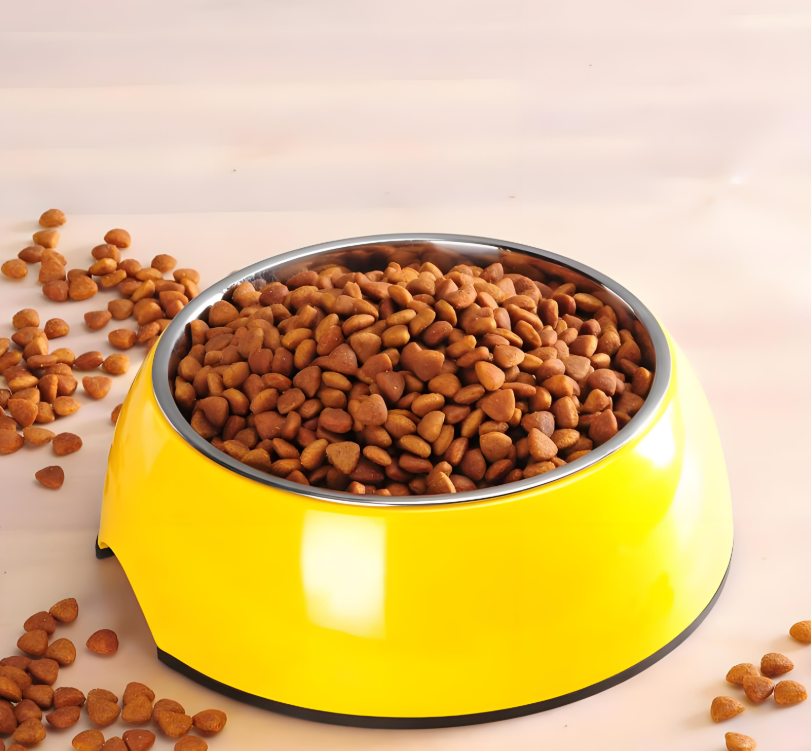
4.3. Common Pitfalls and Solutions:
- Inadequate Conditioning: This is the leading cause of poor pellet durability. It can be caused by insufficient steam pressure, blocked steam injectors, or too short a retention time. The result is a high percentage of fines and nutrient leaching in water.
- Over-Conditioning: Excessive heat and moisture can lead to a Maillard reaction, creating a dark-colored pellet with reduced protein quality. It can also make the mash too plastic, causing it to block the die holes in a pellet mill.
A well-conditioned mash should have a pleasant, cooked-cereal aroma, feel warm and moist to the touch, and exhibit a noticeable increase in pliability.fish feed extruder machine
5. The Forming Stage: Pelleting vs. Extrusion – A Strategic Choice
The transformation of the conditioned mash into a dense pellet is achieved through one of two primary technologies: die pelleting or extrusion. The choice between them is strategic and has profound implications for the feed’s characteristics and the species it is intended for.
5.1. Die Pelleting (The Pellet Press):
This is a simpler, more energy-efficient mechanical process.
- Процесс: The conditioned mash is fed into a press where rotating rollers force it through a thick, perforated steel die. The intense pressure and friction compact the material and generate heat, further cooking the mash. Strands are cut to length by external knives.
- Characteristics of the Pellet:
- Dense and Sinking: The pellets have a high density and sink rapidly.
- Lower Starch Gelatinization: Gelatinization is limited to what was achieved in the conditioner and from friction.
- Limited Fat Absorption: The compact structure allows for less internal fat coating (typically max 12-15%).
- Приложения: Ideal for species that are bottom feeders or that accept sinking feed, such as shrimp, tilapia, catfish, and some carp species.
5.2. Extrusion (The Expander-Cooker):
Extrusion is a more complex, versatile, and energy-intensive thermo-mechanical process.
- Процесс: The mash is subjected to high temperature, high pressure, and intense mechanical shear inside an extruder barrel. The superheated, plasticized dough is forced through a die, and the instant pressure drop causes it to “puff” or expand.
- Characteristics of the Pellet:
- Controlled Buoyancy: By manipulating the recipe, moisture, and mechanical energy, the operator can produce pellets that float, sink slowly, or sink rapidly. This is crucial for matching the feeding behavior of species like salmon, trout, sea bass, and bream.
- High Starch Gelatinization: The intense cooking achieves near-total gelatinization (>90%), creating a very water-stable pellet.
- High Fat Absorption: The porous, spongy internal structure created by expansion is ideal for vacuum coating, allowing for very high fat levels (35% and above in high-energy salmon feeds).
- Приложения: The technology of choice for most modern fish feeds, especially for carnivorous species requiring high-energy, water-stable, and floating/slow-sinking feeds.
5.3. The Critical Choice:
The decision must be driven by the biological needs of the target species (feeding zone, energy requirements) and economic considerations (extruders have a higher capital and operational cost but offer superior product functionality).fish feed extruder machine
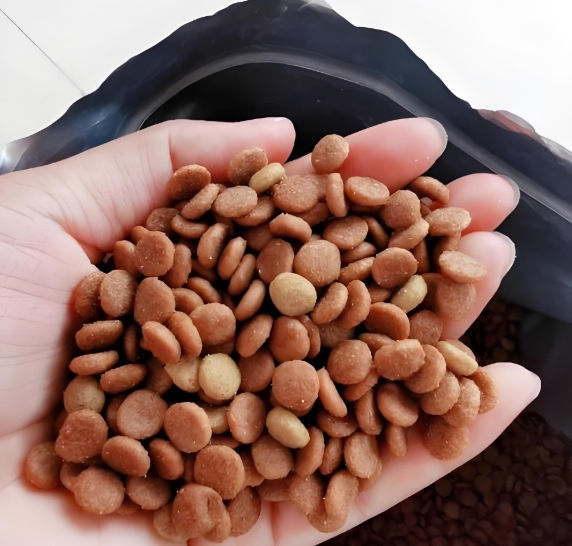
6. The Post-Forming Triad: Drying, Cooling, and Coating
The pellets exiting the former are soft, moist, and unstable. They require a series of downstream processes to become a stable, shelf-ready product.
6.1. Drying: The Art of Moisture Removal
The primary goal of drying is to reduce the moisture content from around 25-30% to a stable 10% or lower to prevent mold growth.
- The Process: Multi-pass dryers, where pellets cascade down through a series of tiers while being blasted with hot air, are standard.
- The Challenge: The drying must be gradual. If the surface dries too quickly, it forms a hard shell that traps moisture inside—a phenomenon known as “case hardening.” This trapped moisture will later migrate, causing caking, mold, and nutrient degradation. The drying temperature and air velocity must be carefully controlled to ensure uniform moisture reduction throughout the pellet.
6.2. Cooling: Stabilizing the Product
Pellets leaving the dryer are hot (60-70°C). If bagged immediately, the residual heat would cause condensation inside the bag, leading to spoilage. Cooling with ambient or slightly cooled air brings the pellets to within a few degrees of room temperature, stabilizing them for storage and coating.
6.3. Coating: The Final Nutritional Imprint
This is perhaps the most critical post-forming step for nutritional integrity. The high heat of extrusion would destroy heat-sensitive nutrients. Therefore, the bulk of the lipids, fat-soluble vitamins, and other sensitive additives are applied after drying and cooling.
- Atmospheric Coating: A simple method where oil is sprayed onto tumbling pellets in an open drum. It is inefficient, as the oil primarily coats the surface, leading to potential rancidity and leaching.
- Vacuum Coating (The State of the Art): This is the superior method. The cooled pellets are placed in a sealed vessel, and a vacuum is drawn. This sucks the air out of the porous pellet structure. When the liquid lipid blend is introduced and the vacuum is released, atmospheric pressure forces the oil deep into the pellet’s core.
- Преимущества: Allows for high fat inclusion without surface oiliness; dramatically reduces nutrient leaching; protects sensitive nutrients from oxidation by embedding them within the pellet matrix.
7. The Unseen Guardian: Systemic Quality Control and Traceability
Quality control (QC) is not a single action but a pervasive culture and a system of checks and balances that runs through the entire production chain, from intake to dispatch.fish feed extruder machine
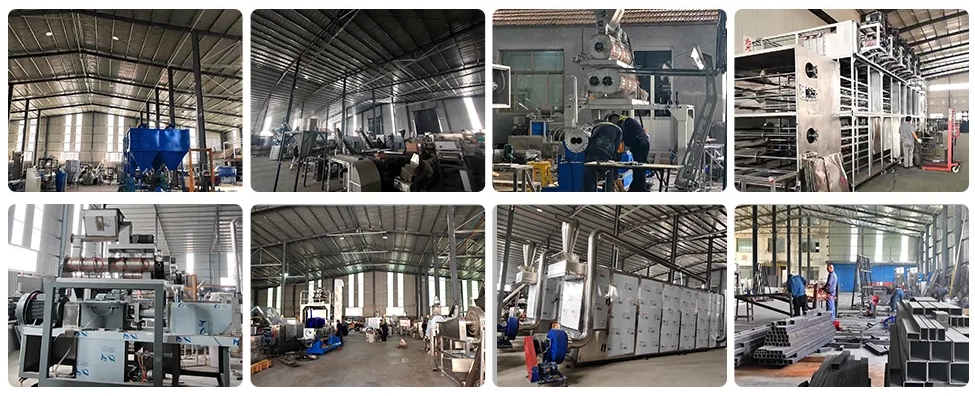
7.1. In-Process Controls:
Operators must constantly monitor and log critical control points (CCPs):
- Grinding: Particle size distribution.
- Conditioning: Temperature, moisture addition, retention time.
- Extrusion/Pelleting: Die pressure, motor load, product temperature.
- Drying/Cooling: Inlet and outlet air temperatures, final product moisture and temperature.
7.2. Final Product Laboratory Analysis:
Every production batch must be tested before release.
- Physical Quality:
- Pellet Durability Index (PDI): Measures resistance to abrasion.
- Hydro-stability: Measures the pellet’s integrity in water over time.
- Sieve Analysis: Ensures the pellet size is within specification.
- Пищевые качества: Proximate analysis to verify it matches the formulation.
- Microbiological Quality: Ensuring the feed is free from pathogens.
- Stability Testing: Accelerated shelf-life tests to confirm the antioxidant system is effective.
7.3. Traceability:
A robust system must be in place to trace any bag of feed back to its production batch, and from that batch back to the individual lots of raw materials used. This is essential for managing any potential recall and for continuous improvement through problem identification.
8. The Overarching Imperative: Environmental and Economic Sustainability
In the modern era, a feed manufacturing process cannot be considered successful if it is not sustainable. This encompasses both environmental stewardship and long-term economic viability.
8.1. Reducing the Environmental Footprint:
The feed’s composition and quality directly impact the farm’s effluent.
- Nutrient Pollution: Feeds with low digestibility or an imbalanced amino acid profile lead to high excretion of nitrogen and phosphorus, contributing to eutrophication. Formulating with digestible nutrients and using tools like crystalline amino acids and the phytase enzyme are direct actions to mitigate this.
- Greenhouse Gas Emissions: The energy-intensive nature of feed production, especially extrusion and drying, contributes to its carbon footprint. Optimizing processes, using energy-efficient motors, and sourcing ingredients locally where possible can reduce this impact.
- Sustainable Sourcing: Prioritizing ingredients from certified, sustainable sources (e.g., IFFO RS for marine ingredients, ProTerra or RTRS for soy) is becoming a market expectation and an ethical imperative.
8.2. Driving Economic Efficiency:
Sustainability is also economic. A feed that produces better Feed Conversion Ratios (FCRs)—meaning less feed is required to produce a kilogram of fish—is inherently more sustainable. It reduces the pressure on raw material resources and lowers the cost of production for the farmer. This is achieved through the very principles outlined in this article: high-quality, digestible ingredients; precision formulation; and optimal processing to create a feed that delivers maximum nutritional value to the fish with minimal waste.fish feed extruder machine

The production of high-quality fish feed is a complex, integrated process where biology, chemistry, physics, and engineering converge. Attention to the eight critical areas detailed here—Raw Material Quality, Precision Formulation, Grinding, Conditioning, Forming, Post-Forming Processes, Quality Control, and Sustainability—is not a checklist but a continuous cycle of vigilance and improvement. Each element is interdependent; a weakness in one undermines the strength of all others. By mastering these facets, the aquafeed industry can confidently provide the foundation for a productive, responsible, and sustainable global aquaculture sector, ensuring its vital role in nourishing the world for generations to come.







